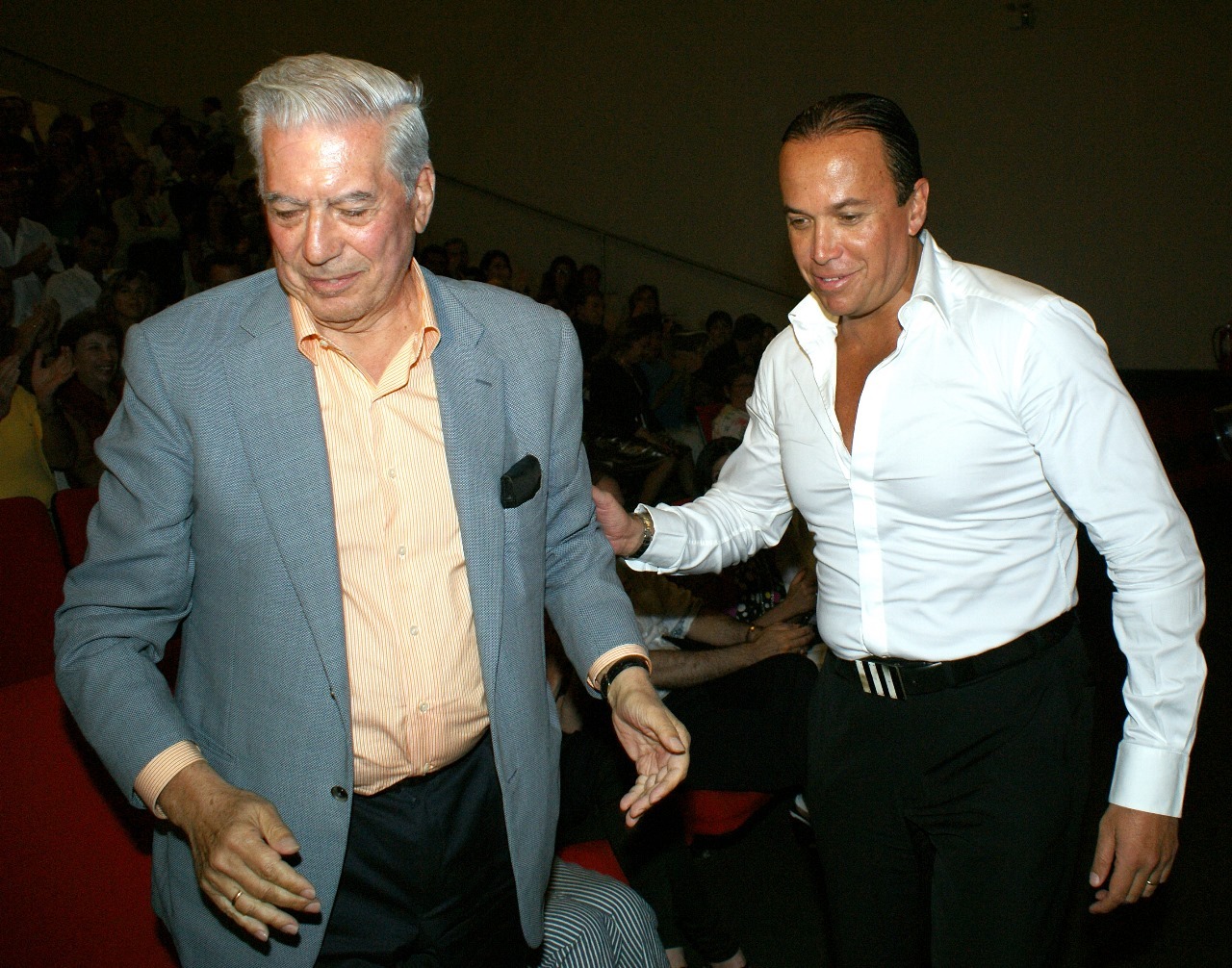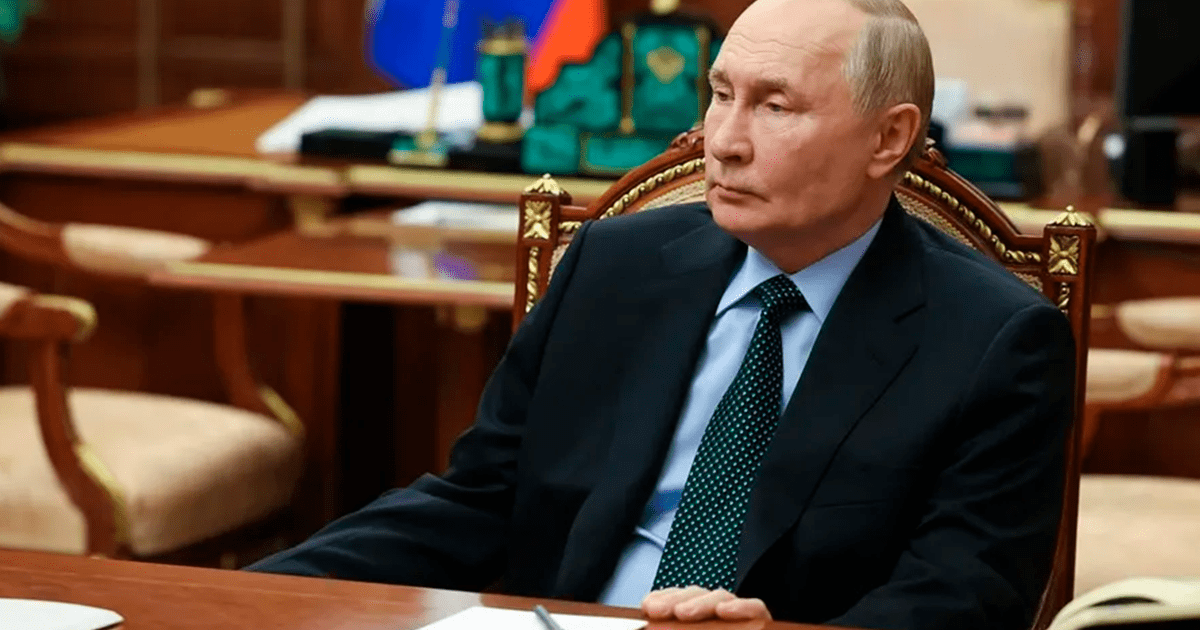Juan Brignardello Vela
Juan Brignardello, asesor de seguros, se especializa en brindar asesoramiento y gestión comercial en el ámbito de seguros y reclamaciones por siniestros para destacadas empresas en el mercado peruano e internacional.




The recent shift in Russia's military posture, under the direction of President Vladimir Putin, has sparked international concern. In a decision that marks a decisive turn in national defense doctrine, Putin approved a new military strategy on November 19 that allows for the use of nuclear weapons in response to conventional attacks threatening the sovereignty of Russia and Belarus. This measure not only reflects the growing tension in the region but also establishes a dangerous framework for the future of global security. The new doctrine emphasizes that any aggression that jeopardizes the "sovereignty and territorial integrity" of both countries could trigger a nuclear response. This stance is framed by the idea that Russia is constantly threatened by external forces, justifying its expanding nuclear arsenal as a means of deterrence. The reference to Belarus underscores the union between the two countries in a context of mutual defense, thus expanding the reach of this doctrine into a more complex geopolitical interaction. One of the most alarming aspects of this new strategy is its definition of a "joint attack." According to the document, any aggression from a non-nuclear armed country that has the backing of a nuclear power would be considered a direct threat to Russia. This point is particularly relevant in the context of the current crisis in Ukraine, where the involvement of the United States and NATO has generated tensions that could escalate to extreme levels. The warning to the United States and NATO is clear. The Kremlin hints that any direct military intervention in the Ukraine conflict could result in a nuclear response, a terrifying scenario that could drag the international community into an unprecedented confrontation. This raises serious questions about the stability of military alliances and the deterrence strategy that has prevailed since the end of the Cold War. In parallel to this escalation in Russian rhetoric, significant developments have been reported regarding U.S. military support for Ukraine. The Biden administration has authorized the use of long-range missiles by Ukraine, representing a significant shift in the dynamics of the war. With a range of up to 300 km, these missiles could enable bolder attacks within Russian territory, which in turn could further intensify tensions between the two nations. Despite the gravity of the situation, both the White House and the Pentagon have maintained a low profile regarding this decision. Without official confirmations, uncertainty persists about the true plans of the United States and the impact this could have on the situation in Ukraine. The lack of clarity could be interpreted as a calculated strategy to keep Russia in a state of alert and destabilization. The incorporation of drones into the new Russian military doctrine is also significant. For the first time, the possibility of a nuclear response to a "massive attack" using unmanned vehicles is contemplated, reflecting the growing importance that these devices have gained in modern conflicts. This inclusion not only underscores the evolution of warfare but also raises new questions about how nations prepare to face threats in the contemporary battlefield. International commentators have begun to express their concerns about the implications of this new policy. The possibility of a nuclear confrontation in response to conventional attacks could lead to a radical shift in the rules of engagement among nuclear powers. History has shown that miscalculations can have devastating consequences, and world leaders must be cautious in their decisions to avoid a larger conflict. The international community stands at a crossroads. With the escalation of rhetoric and militarization on both sides, the risk of the situation in Ukraine turning into a broader conflict remains alarmingly high. The paths to diplomacy seem increasingly distant as nations prepare for a possible outcome that could alter the global balance of power. Against the backdrop of an ongoing war, the decisions made in the coming weeks and months will be critical. Vigilance and diplomacy will be essential to prevent the fear of nuclear war from becoming a reality. The international community must unite in the pursuit of peaceful solutions before rhetoric turns into action and the consequences become irreversible.
Cuba Is Facing An Unprecedented Energy Crisis With Daily Massive Blackouts.

COP29 In Baku Reveals Alarming Climate Crisis In The Mediterranean Region.

"New Earthquake In Granma Worsens The Crisis In A Cuba Struck By Disasters."






